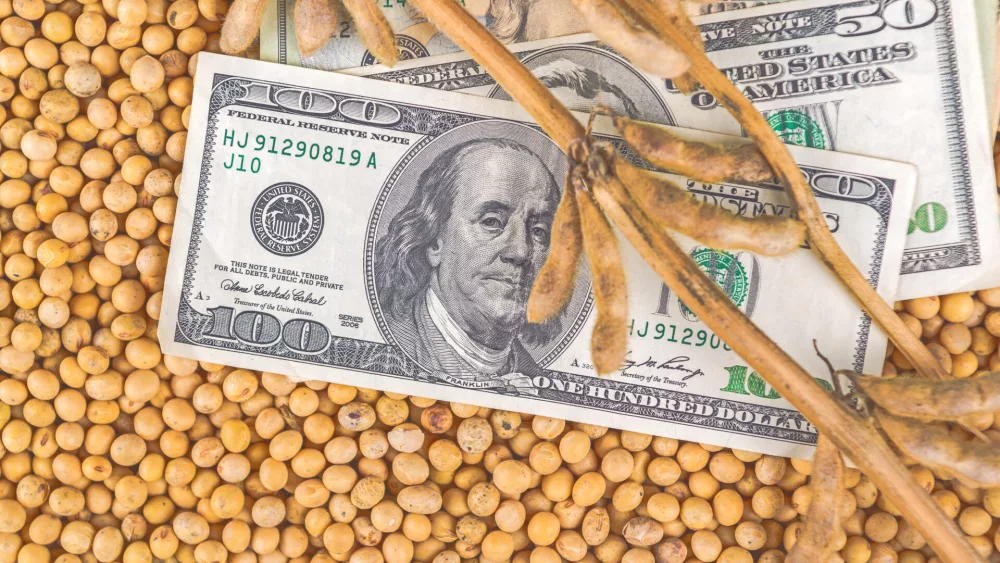 Farmers are now focused on the upcoming harvest, a season that has already begun for some, but while looking for ways to improve margins next crop year, the soybean checkoff suggests high oleic soybeans for those in 13 states, Delaware, Illinois, Indiana, Iowa, Maryland, Michigan, Minnesota, Nebraska, New Jersey, Ohio, Pennsylvania, Virginia and West Virginia.
Farmers are now focused on the upcoming harvest, a season that has already begun for some, but while looking for ways to improve margins next crop year, the soybean checkoff suggests high oleic soybeans for those in 13 states, Delaware, Illinois, Indiana, Iowa, Maryland, Michigan, Minnesota, Nebraska, New Jersey, Ohio, Pennsylvania, Virginia and West Virginia.
High oleic varieties continue to offer competitive premiums to farmers with minimal management adjustments. Indiana’s Kevin Wilson, United Soybean Board farmer-leader from Cass County, understands the profit opportunities with high oleic soybeans.
“We’ve been planting them about six or seven years,” Wilson said. “Basically, it’s the same bean with the same performance, but this bean has an oil that has a more desirable characteristic that really helps the end user, the customers such as restaurant chains, grocery stores and food companies as well. It’s added more premium on the final end, so it’s been a good thing for us.”
Management of high oleic varieties is similar to commodity soybeans. Farmers store the beans separately for delivery just like they would a conventional crop.
“We were storing beans anyhow. So, we store them, and then they have a call option where they take them in the winter at different times. We just stored them like we stored the regular beans. We had a delivery location, ADM Frankfort, which is not too far from us, so it just all fit really, really good.”
Depending on processor locations and participating elevators in their area, farmers can take advantage of the premiums offered by high oleic soybeans next year.
“Well, there are two or three different options,” Wilson explains. “We have the storage, so we store them and then we bring them in, and so we’re offered a premium. Our premium runs around 50 cents a bushel. There are other fall delivery locations around. I think next year there’s going to be some more probably in Ohio, as well, and there may be more in other states. Once you locate someone that will take them during harvest, and then you’ll still get a premium. It will vary depending on how far you have to deliver them.”
Stay up to date with the latest information from the United Soybean Board at www.unitedsoybean.org.
Source: NAFB News Service





